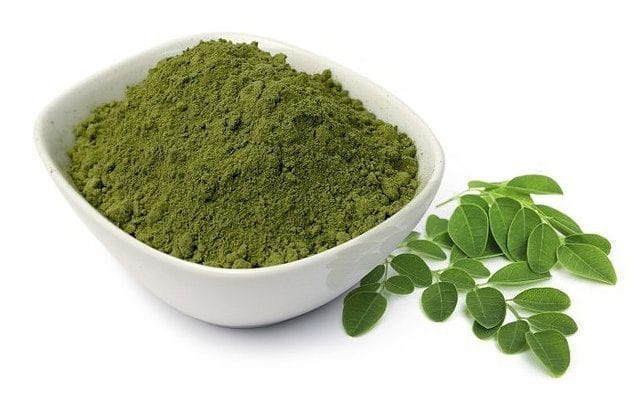
Lifestyle
Could Kratom Solve the Opioid Epidemic?
The opioid epidemic sweeping across the United States is reaching crisis-level proportions, with over 64,000 dead due to opioid-related health issues in 2017 alone. We are beginning to see this epidemic affect aspects of the country beyond just the public health. We are now seeing serious impacts in the well-being of our economy, national security, and overall prosperity of America due to crippling opioid addiction. While opioid addiction is at an all-time high, there could be a potential secret weapon in fighting back against this epidemic – an all-natural plant called Mitragyna speciosa, also known as Kratom.
Kratom is a tropical tree native to Thailand, Malaysia, Indonesia, and Papua New Guinea. The leaves found these trees have been used for medicinal purposes for a long time. Often sold as a powder, the plants leaves are known for their wide range of health benefits, including being a completely natural pain reliever. When ingesting kratom, the user will feel an effect similar to synthetic opioids by dulling of pain throughout the body, along with other positive effects.
When an opioid user embarks on the journey of becoming clean, their body will undergo severe withdrawals, which in some cases can result in serious health risks or even death. Typically, when withdrawing from opioids, patients will receive a drug called suboxone, which can help them cope with these symptoms. However, with kratom, addicts can achieve the same relief from a holistic substance. It also takes away the need for expensive treatment centers, many of which are so overburdened that it takes considerable time to even secure a spot.

Kratom Tree by Thor Porre via CC 3.0
So why isn’t kratom being used more widely to alleviate opioid addiction? Well, the FDA is trying their hardest to classify kratom as a Schedule I drug, which would classify this completely natural plant among the likes of hard narcotics like heroin and methamphetamine. In 2016, the FDA announced they would be moving kratom to a Schedule I drug, but due to the swift assemblage of the American Kratom Association, they were able to raise $400,000 to pay for lawyers and lobbyists to cancel the move. The AKA posted hundreds of success stories of previous opioid addicts who were able to completely kick their addiction with the help of kratom.
Susan Ash, the founder of the AKA, used kratom to treat a variety of health issues including pain and anxiety, to beat a heavy addiction to prescription opioids. “It doesn’t allow you to escape your problems,” she says. “It instead has you face them full on because it doesn’t numb your brain at all, and it doesn’t make you feel stoned like medical marijuana does. And yet it’s effective on so many things, like pain and anxiety and depression.”
The DEA cites 15 deaths between 2014 and 2016 they say to be caused from kratom ingestion, but the accounting also ignores the fact that all but one of these people have a variety of other illegal narcotics in their system at the time of death. The demand for kratom to kick opioid addiction is becoming popular on the streets. The dangers of buying deregulated kratom is that the plant can be easily contaminated with other drugs like fentanyl, and sold on the streets. Should kratom be a Schedule I substance? Or is there is potential medical application for this plant, possibly saving thousands?





5 Comments